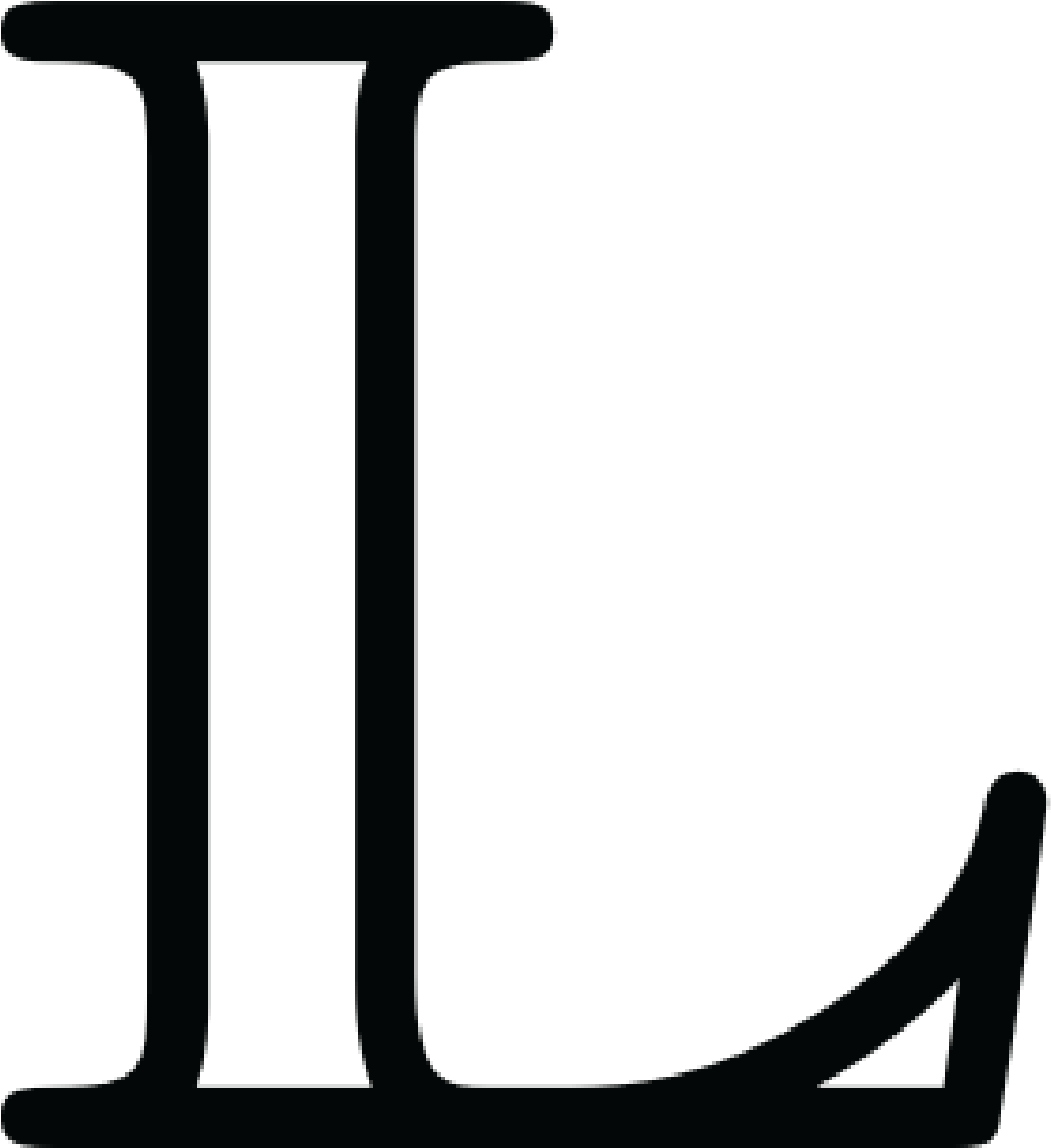Fall 2025 Algebraic topology seminar
Where:
507 Mathematics
When:
Fridays 9:30am-10:30am (unless otherwise noted)
| Date | Speaker (affiliation) | Title & Abstract |
| September 19 | Ningchuan Zhang (Indiana University Bloomington) | Profinite transfers in K(n)-local homotopy theoryAbstract: After K(1)-localization, the classical J-homomorphism can be interpreted as a profinite transfer map. More precisely, it is a transfer map $\Sigma^{-1}KO^\wedge_2 \to S_{K(1)}$ from the $C_2$-homotopy fixed points (with a twist) to the $\mathbb{Z}_2^\times$-homotopy fixed points of the 2-complete complex topological K-theory. In joint work in progress with Guchuan Li, we extend this idea to define and study profinite transfers between homotopy fixed points of the Morava E-theory by closed subgroups of the Morava stabilizer group. |
| September 26 | Andrew Blumberg (Columbia University) | The multiplicative tom Dieck splittingAbstract: The modern perspective on equivariant stable categories is that they are characterized equivalently by the existence of transfers, duality, and the tom Dieck splitting. The purpose of this talk is to explain an analogous characterization of the G-symmetric monoidal structure when G is finite, and a conjectural picture for what happens when G is an infinite compact Lie group. This is joint work with Mike Mandell. |
| October 3 | Ishan Levy (Institute of Advanced Study) | Trace methods beyond connective ringsAbstract: Trace methods are an important tool in understanding K-theory of ring spectra, but usually only work when the rings in question are connective. I will describe joint work with Vova Sosnilo on c-categories, which are stable categories equipped with extra structure that allows many tools for connective rings to apply. Perfect module categories of bounded below rings, as well as perfect complexes on certain stacks, give examples of c-categories. We prove an analog of the Dundas—Goodwillie—McCarthy theorem in this setting. I will then describe how this theory can be used to give formulas for the algebraic K-theory of many categories arising in chromatic homotopy theory in terms of TC. |
| October 10 | No seminar | -- |
| October 17 at 2pm in 407 | Ulrike Tillmann (Oxford University) | Braids, mapping class groups, commuting elements, and a new infinite loop space machineAbstract: The theory of iterated loop spaces was developed in particular to detect and study generalisaed cohomology theories. In this talk I will review some lesser known applications of operads and iterate loop space theory in the context of braid groups, mapping class groups and commutative K-theory. Motivated by these, I will present a new general construction of infinite loop spaces that allows us to construct infinite loop spaces from objects that may not be expected to give rise to such a structured space, eg Torelli groups. |
| October 24 | Kirsten Wickelgren (Duke University) | Gromov--Witten invariants in Hermitian K-theory: k-rational del Pezzo surfacesAbstract: Gromov–Witten invariants in Hermitian K-theory allow one to obtain an arithmetically meaningful count of curves satisfying constraints over a field k without assuming that k is the field of complex or real numbers. They were developed in joint work with Kass, Levine, and Solomon in genus 0 for del Pezzo surfaces. |
| October 31 | - | No seminar |
| November 7 | Cary Malkiewich | Higher scissors congruenceAbstract: Scissors congruence is the study of polytopes, up to the relation of cutting into finitely many pieces and rearranging the pieces. In the 2010s, Zakharevich defined a "higher" version of scissors congruence, where we don't just ask whether two polytopes are scissors congruent, but also how many scissors congruences there are from one polytope to another. |
| November 14 | Samuel Munoz Echaniz (MIT) | A Weiss–Williams theorem for embedding spaces and an application to diffeomorphisms of solid toriAbstract: There is a programme, largely developed by Weiss and Williams, that aims to understand the homotopy type of the diffeomorphism group of a compact, high-dimensional manifold M in terms of Waldhausen's algebraic K-theory of M. In this talk, I will give a brief overview of this programme and present an analogue for spaces of embeddings (of compact manifolds P into M, say). The main difference with the original programme is that the algebraic K-theory of M is replaced by the *relative* algebraic K-theory of the pair (M, M minus P), which, in many cases, coincides with the relative topological cyclic homology of such pair — a far more computable invariant. |
| November 21 | Mona Merling (University of Pennsylvania) | Quaternionic topological Hochschild homologyAbstract: Topological Hochschild homology, an invariant of ring spectra, is the realization of a cyclic object defined using Connes' cyclic category and it carries an action of the circle. Real topological Hochschild homology, an invariant of ring spectra with involution, is the realization of a dihedral object defined using the dihedral category and it carries an action of O(2). In this talk, we describe a simultaneous generalization of these constructions, a topological version of homology which takes as input rings with twisted group action, which generalize rings with involution. A new example of interest of this construction is quaternionic topological Hochschild homology, which carries a Pin(2)-action. This is joint work with Gabriel Angelini-Knoll and Maximilien Péroux. |
| November 28 | No seminar | |
| December 5 | Emily Riehl (Johns Hopkins University) | Synthetic perspectives on spaces and categoriesAbstract: Recently discovered domain-specific formal systems — specifically homotopy type theory and simplicity type theory — provide new perspectives on spaces and categories in a natively equivalence-invariant setting. This talk will expose fundamental proof techniques in these parallel settings: describing induction principles over paths or arrows and constructions involving universes that are either univalent or directed univalent. Our contributions to the synthetic theory of higher categories were developed over the course of joint work with Dominic Verity, Mike Shulman, Evan Cavallo, and Christian Sattler, among others. |
